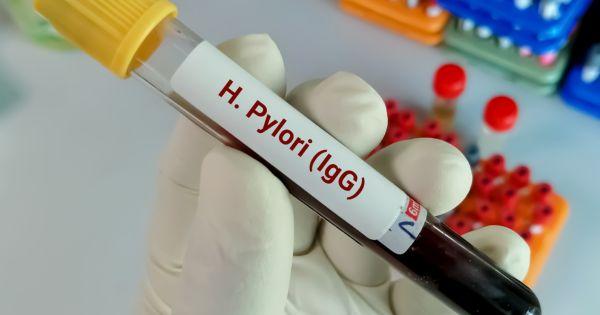
Professionals in the healthcare sector rely on many tools to develop new treatments and diagnose medical issues. However, one naturally occurring non-radioactive isotope has gained a more prominent role as a useful tool: carbon-13. Discover the common applications for carbon-13 in the medical field and how its use has proven advantageous.
What Is Carbon-13?
Before discussing the uses of carbon-13, it is important to define it. Carbon-13 is one of the two stable isotopes of carbon, the other being carbon-12. Distinguished by its extra neutron, carbon-13 is slightly heavier and accounts for approximately 1.1 percent of carbon atoms. This isotope's key difference lies in its nuclear magnetic resonance (NMR) properties, making it invaluable in medical imaging and research.
Unlike its more abundant counterpart, carbon-12, which possesses an even number of protons, carbon-13's odd number of neutrons imparts a magnetic moment. This allows NMR and magnetic resonance imaging techniques to detect it and provide detailed insights into molecular structures and processes without requiring radioactive tracers. This ensures safe use in human subjects, making it an essential tool in non-invasive diagnostic procedures and medical research.
How Is Carbon-13 Used in Metabolism Studies?
One common application of carbon-13 in the medical field is metabolism studies. Scientists employ carbon-13 as a tracer to study biochemical pathways, enabling detailed analysis of metabolic flux. By incorporating carbon-13 labeled substrates into metabolic processes, researchers can trace the path and transformation of nutrients through various biochemical pathways.
This technology allows for precise mapping of metabolic reactions in real-time, which, in turn, contributes to the development of targeted therapies for metabolic disorders. It gives insight into the metabolism of drugs, thereby informing dose adjustments and enhancing therapeutic efficacy.
How Can You Use Carbon-13 for Diagnostics?
Carbon-13 has also revolutionized non-invasive diagnostics, specifically in gastroenterology. For example, the carbon-13 urea breath test is an effective method for detecting Helicobacter pylori infection, a bacterium implicated in several gastrointestinal diseases such as peptic ulcers and gastric cancer.
By having patients ingest a carbon-13 substrate and analyzing the exhaled carbon dioxide for isotope ratios, clinicians can accurately diagnose infection without the need for invasive procedures. Consequently, this test offers a patient-friendly, cost-effective, and highly reliable diagnostic tool for timely disease management.
The versatility of carbon-13 has helped bridge the gap between intricate scientific processes and practical healthcare applications. If you would like to use this isotope in your research, Moravek can help. We provide stable carbon-13 labeled compounds that can help keep your testing safe and free of radioactivity.
